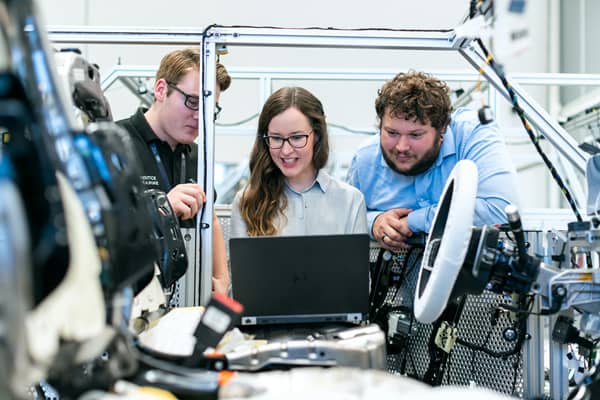
"Simulation technologies are changing how UK engineering firms approach design, development, and operational challenges. From aerospace to automotive sectors, advanced computational methods are allowing more accurate predictions whilst reducing development costs and timeframes. Understanding these evolving capabilities is important for maintaining a competitive advantage in a complex engineering landscape. 1. Multiphysics and co-simulation integration Modern engineering challenges demand solutions that bridge traditional simulation domains."
"Instead of isolating thermal, mechanical, or electrical analyses, engineers now employ co-simulation approaches that model multiple physics simultaneously. UK aerospace firms particularly benefit from coupling thermal, structural, and electromagnetic simulations to predict real-world behaviour more accurately. This integrated method reveals interactions that single-domain analyses miss, such as how thermal expansion affects electromagnetic performance in aircraft systems, leading to more solid designs and fewer costly revisions."
"The shift toward cloud infrastructure and HPC is revolutionising computational capacity for engineering simulation. Circuit simulation software and similar tools have transitioned from desktop-limited applications to scalable cloud environments, enabling complex models to run faster and more efficiently. This change addresses latency concerns whilst offering flexible licensing models that reduce upfront costs. UK firms can now access powerful simulation capabilities without massive hardware investments, democratising advanced analysis tools across organisations of all sizes."
Simulation technologies enable UK engineering firms to improve design, development, and operational outcomes across aerospace and automotive sectors by delivering more accurate predictions while reducing costs and timelines. Multiphysics and co-simulation methods combine thermal, mechanical, and electrical domains to reveal interactions—such as thermal expansion affecting electromagnetic performance—that single-domain analyses miss, producing more robust designs. Cloud-based and high-performance computing platforms shift simulations from desktop limits to scalable environments, accelerating complex models and lowering upfront hardware costs through flexible licensing. Digital twins create dynamic two-way information flows between physical assets and virtual models, supporting real-time monitoring, predictive maintenance, and continuous performance optimisation.
Read at London Business News | Londonlovesbusiness.com
Unable to calculate read time
Collection
[
|
...
]